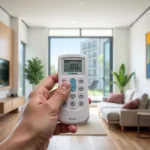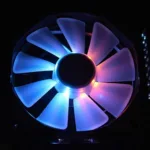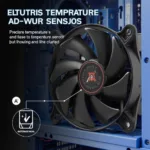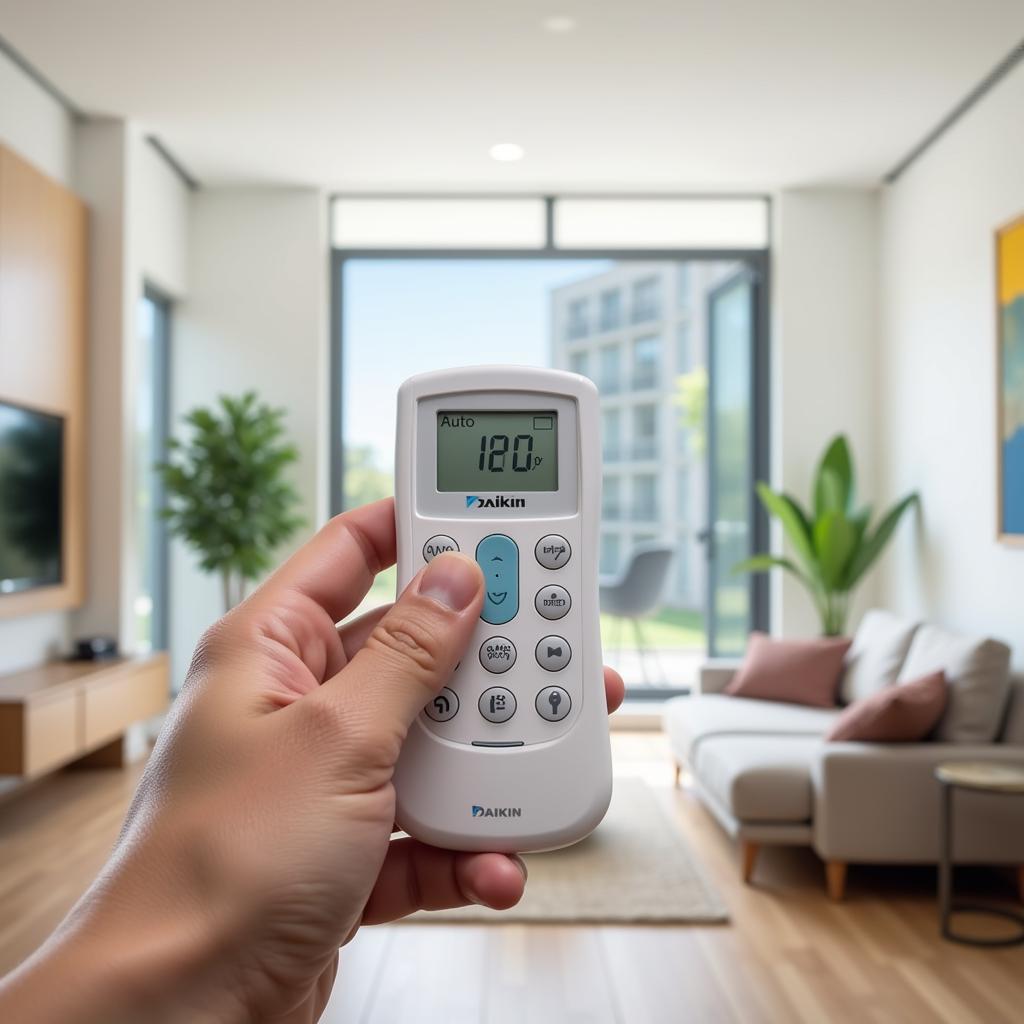A noisy or malfunctioning computer fan can be a major annoyance, often indicating overheating issues. If left unchecked, this can lead to decreased performance and even permanent damage to your components. Luckily, addressing a problematic fan can be simpler than you think. This guide will walk you through the steps of diagnosing and fixing a computer fan, helping you keep your system cool and running smoothly.
Identifying the Problem: Is Your Computer Fan the Culprit?
Before you start taking things apart, it’s crucial to ensure that your computer fan is actually the source of the problem. Here are a few telltale signs:
- Excessive Noise: A loud whirring, grinding, or clicking sound coming from your computer case is a strong indicator of a failing fan.
- Overheating: If your computer frequently overheats, resulting in slow performance, random shutdowns, or error messages, a malfunctioning fan could be the culprit.
- Spinning Issues: Open your computer case and visually inspect the fans. If they are not spinning or are spinning erratically, it’s a clear sign of a problem.
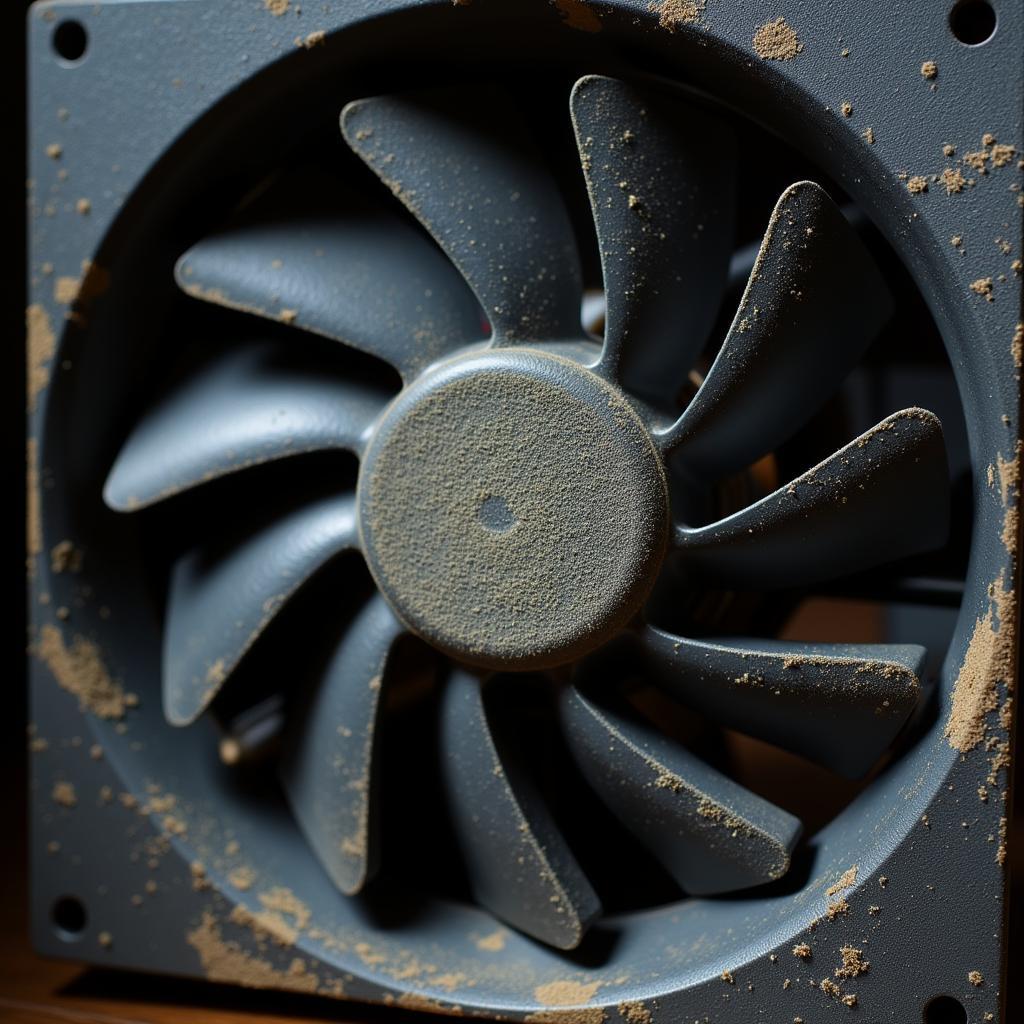 Computer Fan Making Noise
Computer Fan Making Noise
Common Causes of Computer Fan Issues
Once you’ve confirmed that your computer fan is the issue, it’s helpful to understand the common culprits behind these problems:
- Dust Accumulation: Dust is the nemesis of computer fans. Over time, dust particles can build up on the fan blades and housing, hindering rotation and leading to noise and overheating.
- Worn-out Bearings: Like any mechanical component, fan bearings can wear down over time, resulting in increased friction, noise, and eventual failure.
- Cable Interference: Loose or improperly routed cables can obstruct fan blades, causing noise and potentially damaging the fan motor.
- Software Issues: In some cases, software glitches or outdated drivers can interfere with fan speed control, leading to improper cooling.
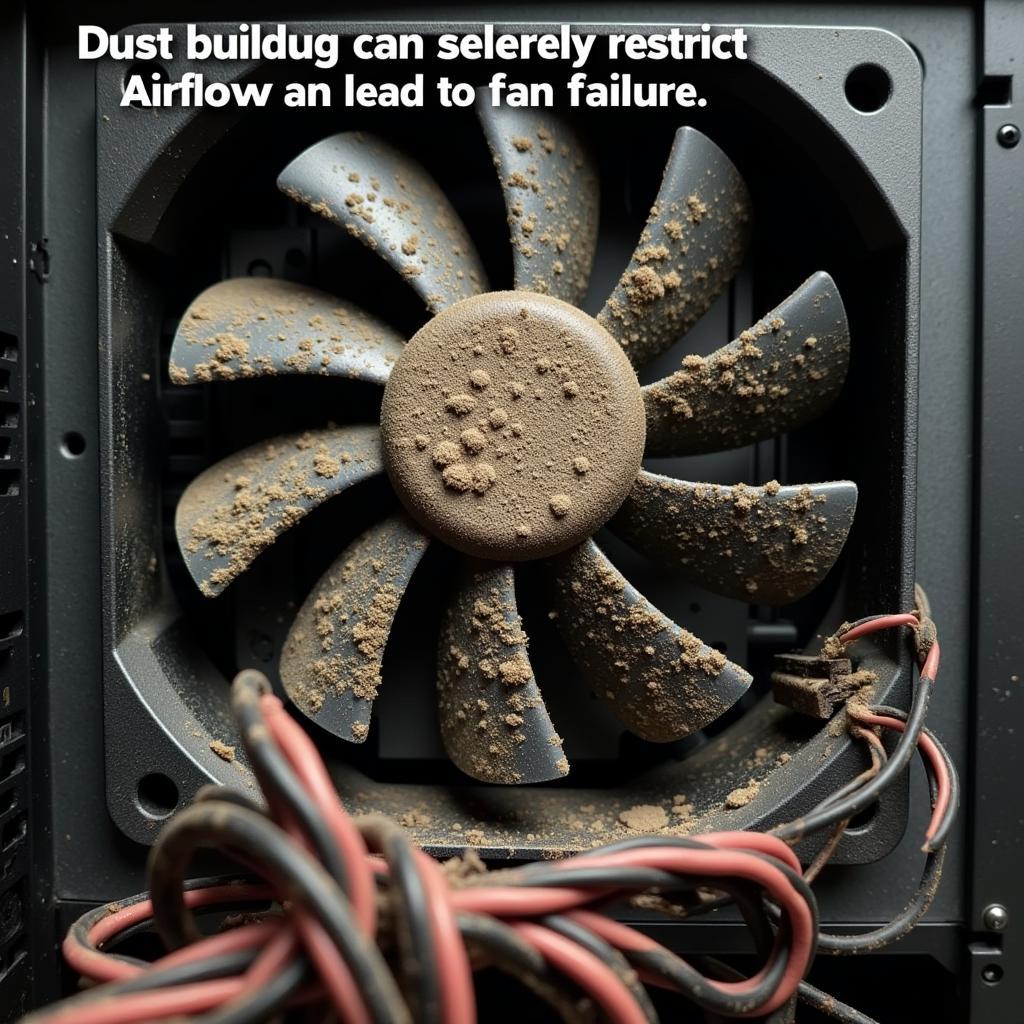 Dust Buildup on Computer Fan
Dust Buildup on Computer Fan
Fixing a Computer Fan: Step-by-Step Solutions
Now that you know what to look for, let’s dive into the steps to fix your computer fan:
1. Clean the Fan and Components:
- Power down your computer and unplug it from the power source.
- Open the computer case, following the manufacturer’s instructions.
- Use compressed air to carefully blow away dust from the fan blades, heatsink, and surrounding components.
- For stubborn dust, use a cotton swab lightly dampened with isopropyl alcohol.
2. Check for Cable Obstructions:
- Inspect the area around the fan for any loose cables or wires that might be interfering with the blades.
- Securely re-route any obstructing cables, ensuring they are clear of the fan and other moving parts.
3. Inspect for Physical Damage:
- Carefully examine the fan blades and housing for any signs of physical damage, such as cracks, bends, or broken parts.
- If you find any significant damage, it’s best to replace the fan.
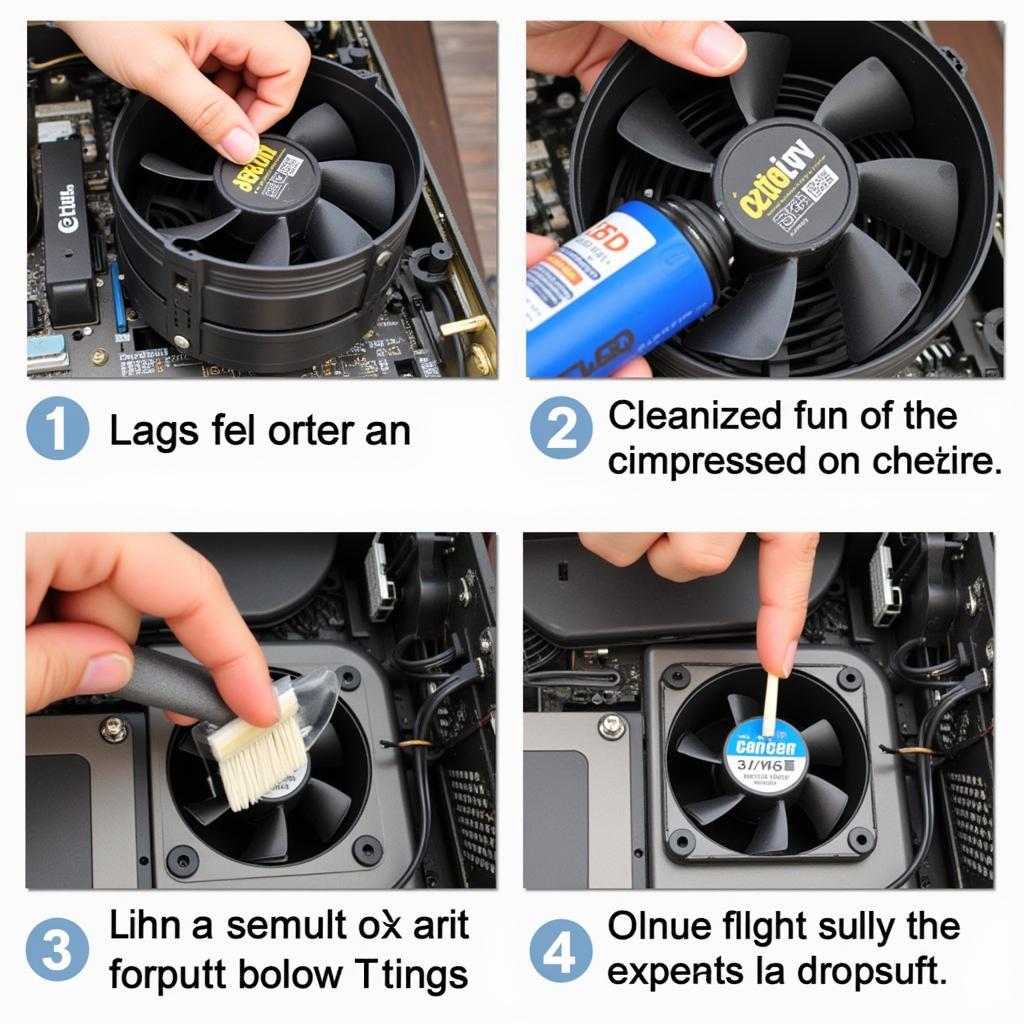 Cleaning a Computer Fan
Cleaning a Computer Fan
4. Update or Reinstall Fan Drivers:
- Go to the website of your computer’s motherboard or fan manufacturer.
- Locate and download the latest drivers for your fan model.
- Install the downloaded drivers. If you already have the latest drivers, try uninstalling and reinstalling them.
5. Adjust Fan Speed Settings (Advanced):
- Access your computer’s BIOS settings during startup (usually by pressing F2, Del, or a similar key).
- Locate the fan control settings. These may be under “Hardware Monitoring,” “PC Health Status,” or a similar section.
- Adjust the fan speed curve or set a manual fan speed if necessary. Be cautious with manual adjustments to avoid potential damage.
When to Replace a Computer Fan
While cleaning and troubleshooting can often resolve fan issues, there are instances when replacement is necessary:
- Physical Damage: If the fan blades are broken, cracked, or significantly bent, replacement is the only option.
- Worn-out Bearings: If the fan makes grinding noises even after cleaning or emits a burning smell, the bearings are likely worn out, and the fan needs replacing.
- Persistent Overheating: If your computer continues to overheat despite cleaning and other troubleshooting steps, a failing fan might be the root cause.
Conclusion
A well-functioning computer fan is crucial for maintaining optimal system performance and preventing costly damage. By following the troubleshooting steps outlined in this guide, you can often resolve fan issues and keep your computer running cool and quiet. Remember, if you’re unsure about any step or encounter persistent problems, it’s always best to consult with a qualified computer technician.
